Portrait photography of Him Sophy at his Conservatory of Music in Phnom Penh









It’s not every day you get an email from a libretto asking you for your services as a documentary filmmaker, but this is one of the upsides of making documentaries in Cambodia.
Catherine Filloux, a playwright and librettist, had seen my work on Last of the Elephant Men and she got in touch to discuss the potential of collaborating on a documentary.
She’d written the words to Where Elephants Weep, a rock opera set in Cambodia and along with Him Sophy, who wrote the music, they were looking to reprise the opera after it was banned in Cambodia only a couple of performances its run in Phnom Penh.
It was great speaking to Catherine, an award-winning playwright, librettist and human rights activist who has written plays in conflict zones across the world and believes in the power of theatre as a tool for peace.
It was also a privilege to meet Him Sophy, an internationally acclaimed Cambodian classical musician and composer, at the music school he has established in Phnom Penh to train the next generation of Cambodian musicians. Sothy wrote Bangsokol: A Requiem for Cambodia. The process of writing the music involved reviving traditional Khmer instruments depicted on the wall carvings at Angkor Wat.
Unfortunately, due to scheduling conflicts and uncertainty about the production the documentary never got off the ground, but it was fascinating researching Khmer theatrical and musical traditions. It’s definitely an area I would like to explore more in future documentaries.
You can see more examples of my photography work here and here.
On location in Phnom Penh as a lighting camera operator for ITN Productions and Everland
ITN contacted me to work as a lighting camera operator in Phnom Penh, Cambodia on a shoot they had for Everland. They also asked me to recommend a journalist to write and present the piece and conduct the interviews.
Everland help to reduce emissions from deforestation and forest degradation in Kenya, Democratic Republic of Congo and Cambodia counties the REDD+ initiative. Hopefully, giving Cambodia carbon credits to not cut down their trees will preserve the natural forests and their ecosystems, allow people living traditional lifestyles in the forests to continue do so.
The scheme will hopefully have a positive impact on the environment as a whole. Unfortunately, the reality of the situtation is that there’s too much money in the timber in the forest, so the only viable option is to provide a financial impetus to conserve the forests.
Everland partner with a local production company here, so they kindly provided me with a sound recordist for the day while we shot all the Phnom Penh footage and I worked as a lighting camera operator for the interviews and pieces to camera for the intros and outros.
The studio intro was shot at the ITN studios in London, where I had the privilege of working for a few months when I was based in the UK.
On a personal level, it was an interesting project as I’ve spent extended periods working with indigenous Bunong in Mondulkiri while working on Last of the Elephant Men and have since worked with the mahouts at Elephant Valley Projects for Wild Animal Protection and on a self-funded pilot for a travel show.
Videographer for UNDP's Regional Office, Bangkok, Thailand
I was hired to work as a videographer by UNDP Asia and the Pacific to make a video for Human Rights Day.
The video was posted on UNDP’s social media channels and shows the journeys and hopes of 7 young human rights defenders and climate activists from across the Asia Pacific to inspire other youth to be more aware of the issues surrounding climate change.
The human rights defenders and activists hailed from across the Asia Pacific regions from countries including The Philippines, Pakistan, Nepal and India.
It was fascinating listening to the tell their stories about how the became activists and human rights defenders; the adversity they’ve faced; their optimism for the future and their suggestion for actions that youth can take across the region to increase understanding and awareness of a situation that is quickly becoming a pressing concern.
It was great to work with the UNDP team at their office in Bangkok, Thailand. It would be a pleasure to collaborate with them again on future projects.
You can see more examples of my videography work here and here.
Videographer on a case study for the World Health Organisation in Cambodia
I was asked by the World Health Organisation (WHO)'s Western Pacific office to work as a videographer in Cambodia on a regional series of videos they were making to highlight the work that they do throughout the region.
The assignment was to produce a 2-3-min video on a case study about a garment factory worker who had received primary healthcare to document WHO’s primary health care activities in Cambodia. The video is part of a broader campaign by the regional office that included stories from 21 countries.
Although it was a challenging subject matter the participant was understanding and patient. She gave a great interview to explain how she may have died if she hadn’t received the primary health care she did free of charge as part the work that the WHO does in Cambodia.
It was greatly appreciated for her to invite us into her house and let us film her at her work place, at the local healthcare clinic and in her community with her friends.
The regional office were a pleasure to work with. They were clear in their process and provided a good model for what they wanted. I look forward to hopefully collaborating with them on future projects.
You can see more examples of my work as an NGO videographer for case studies here and here.
In the field as an NGO photographer for the World Health Organisation in Phnom Penh, Cambodia
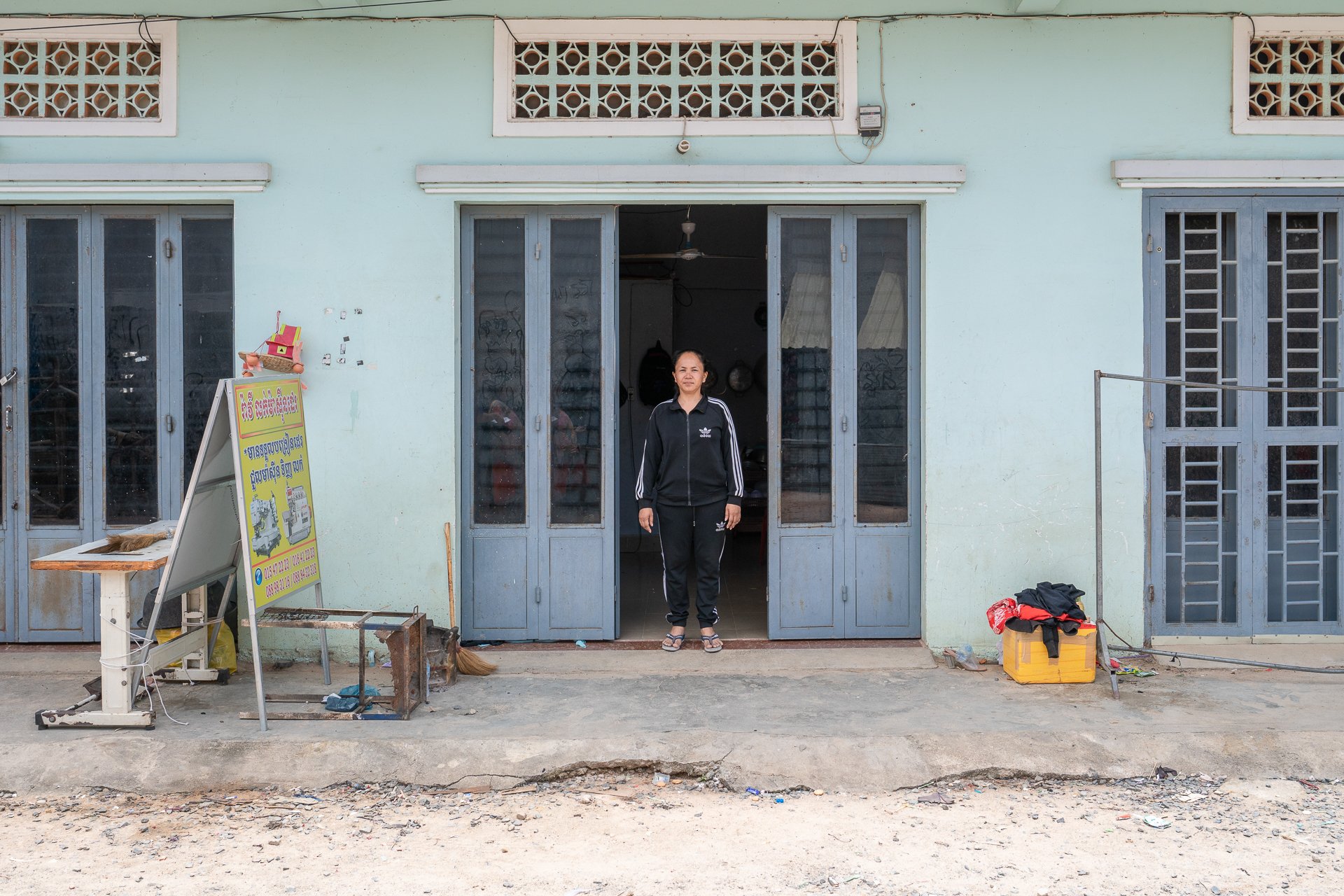
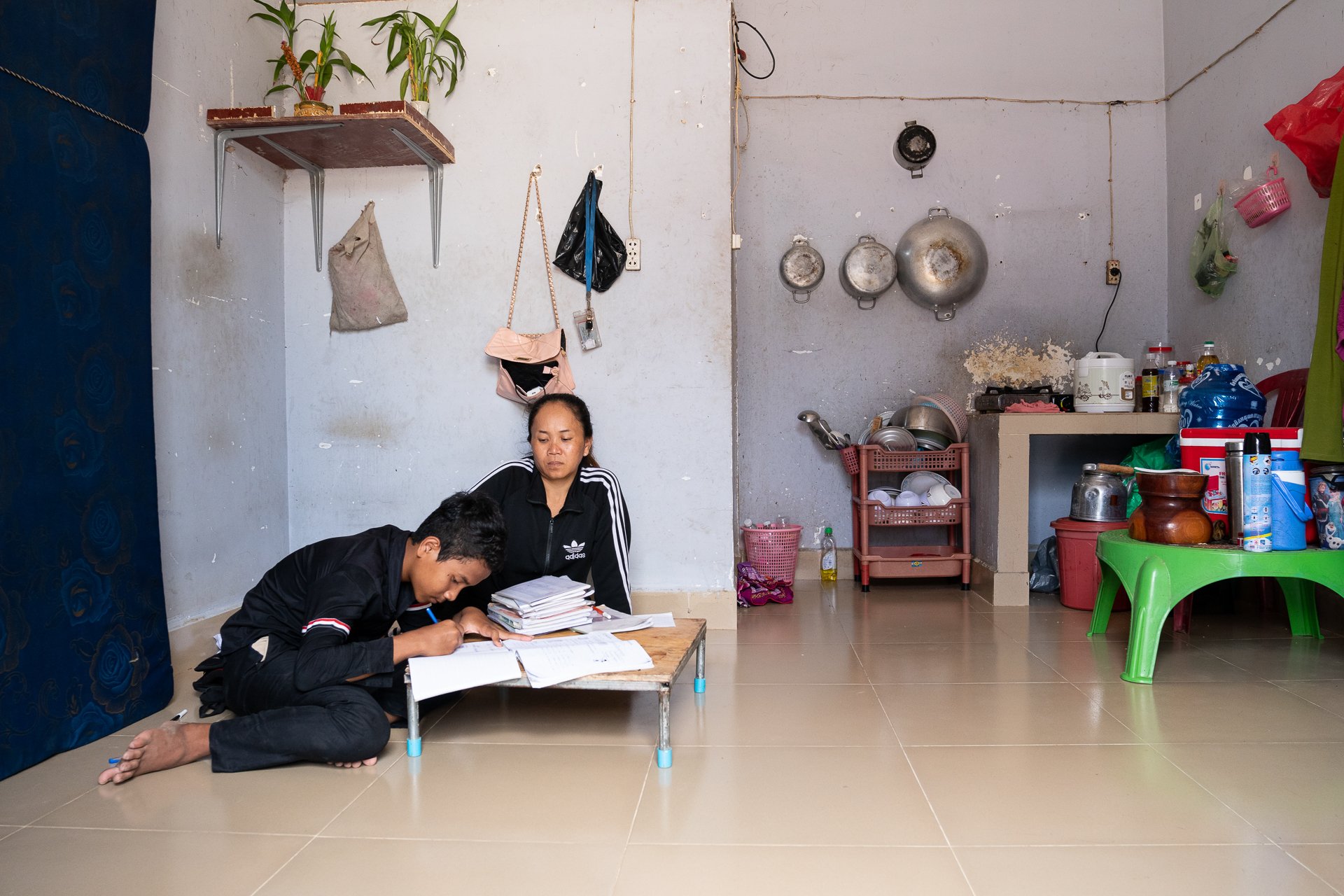
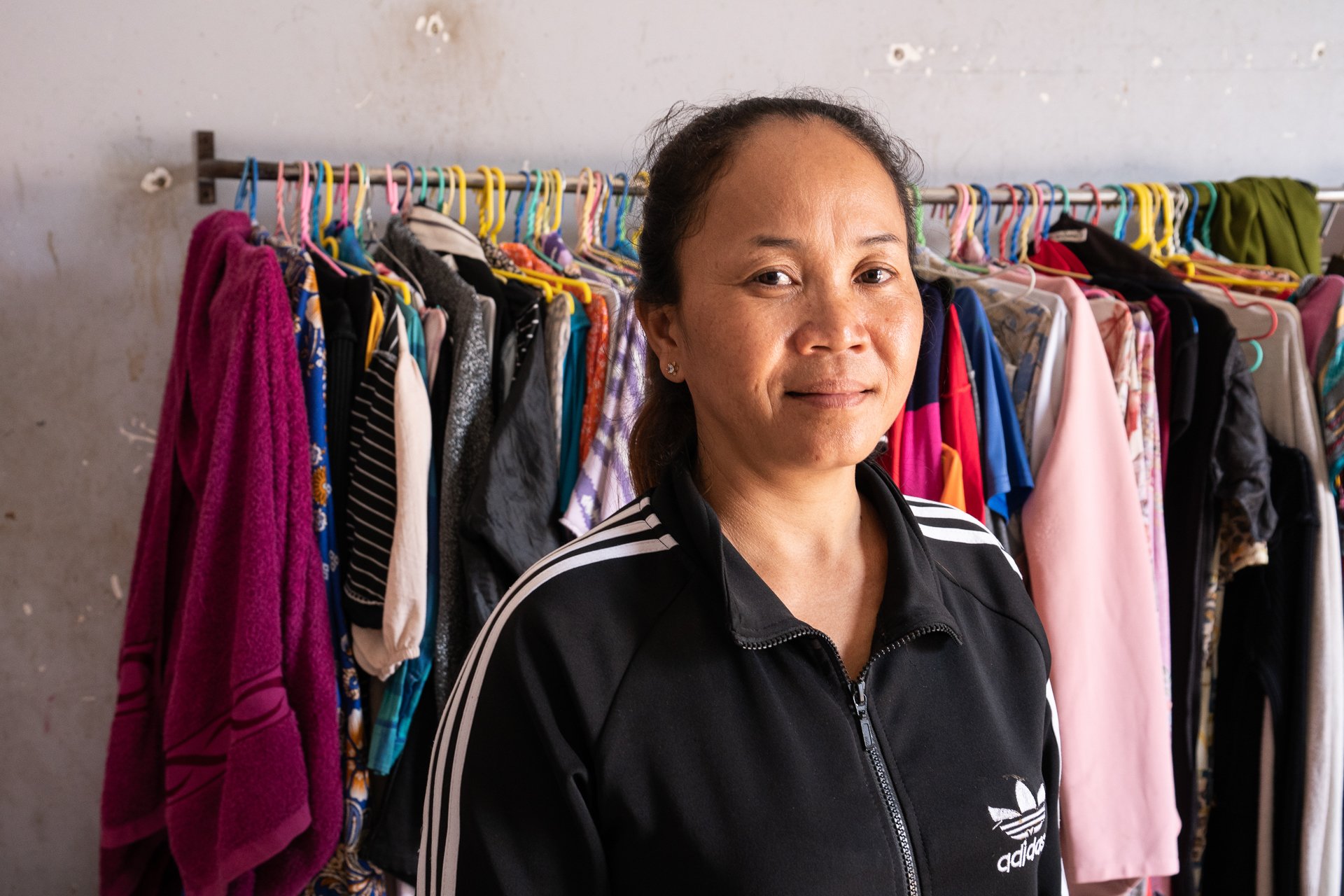
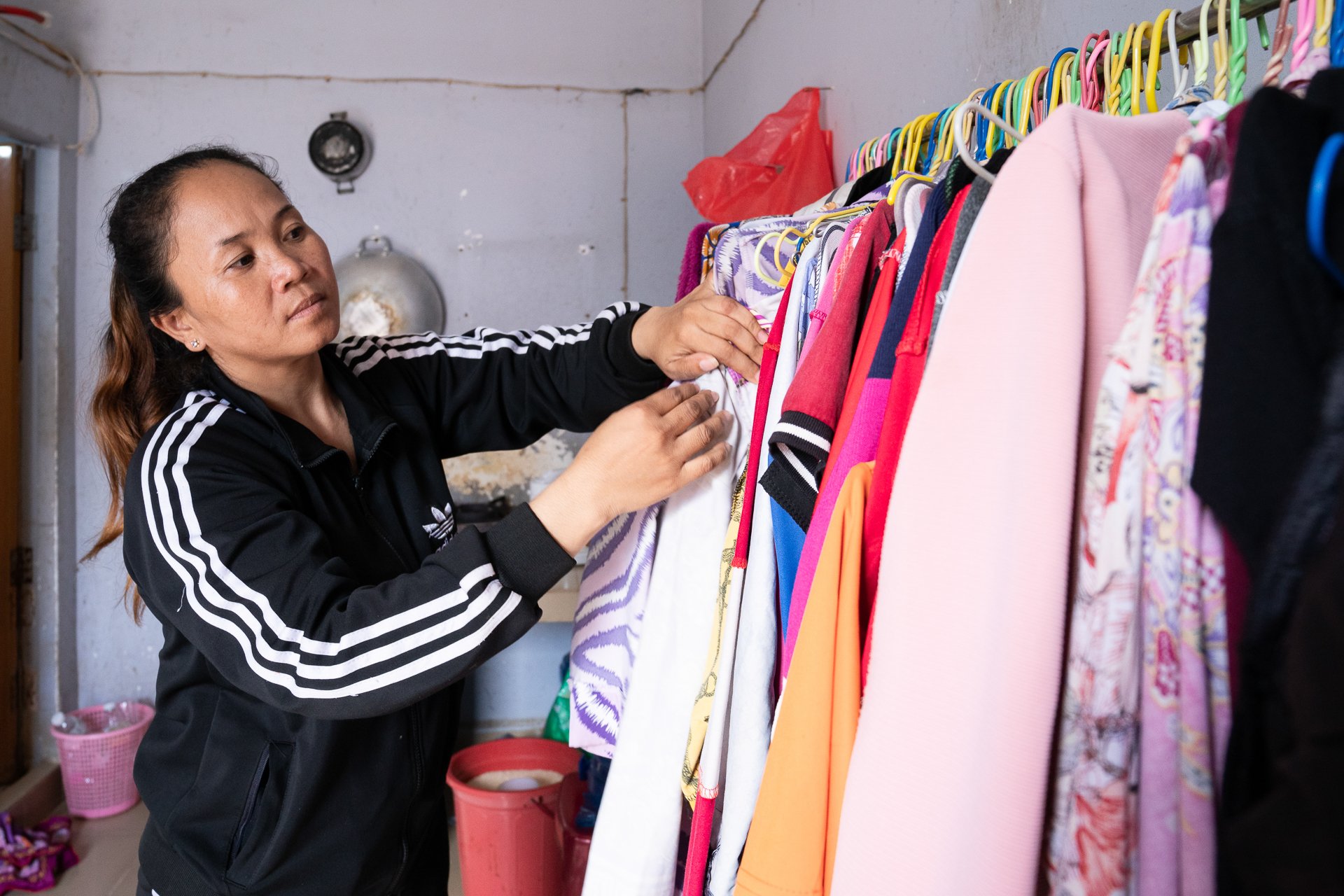
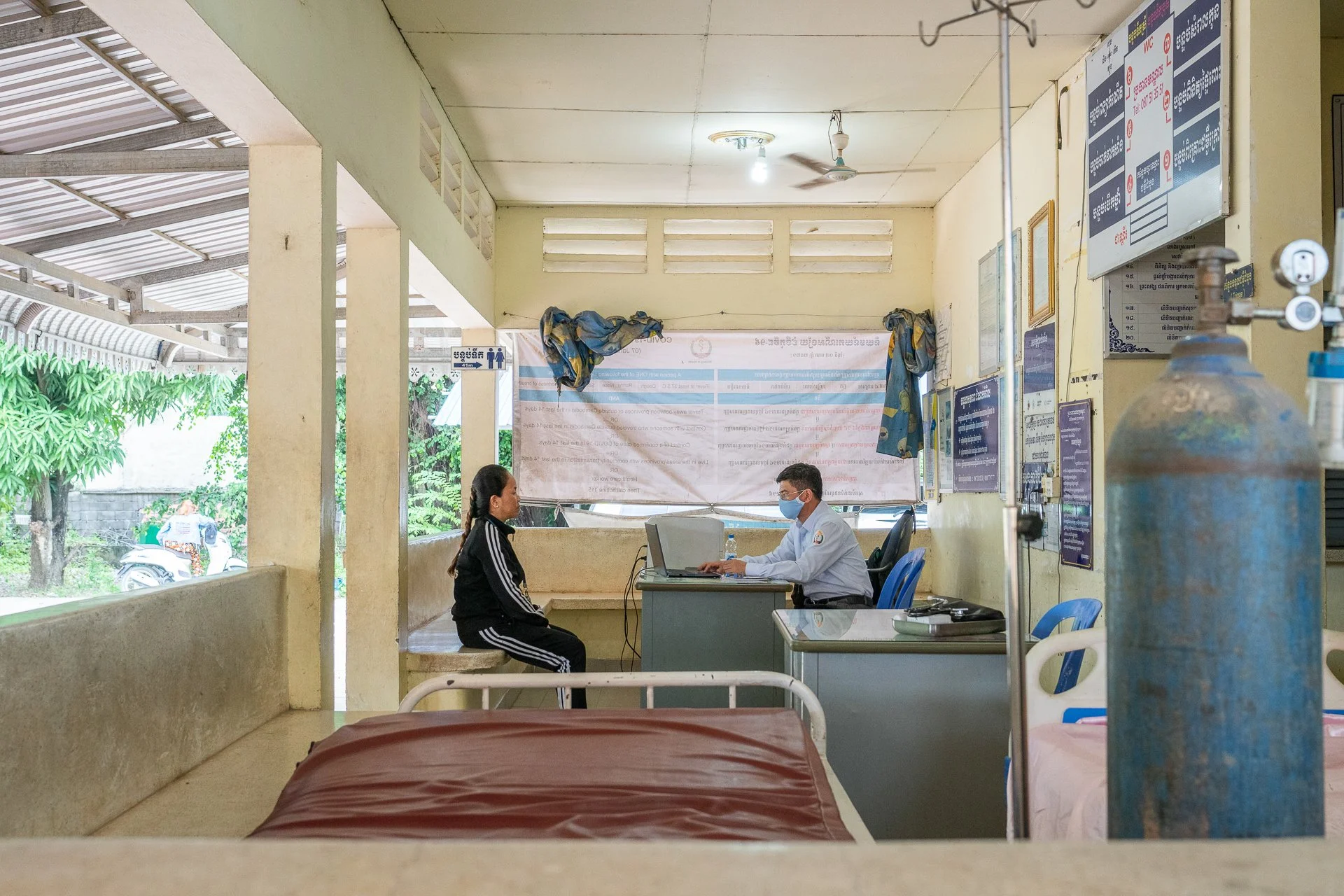
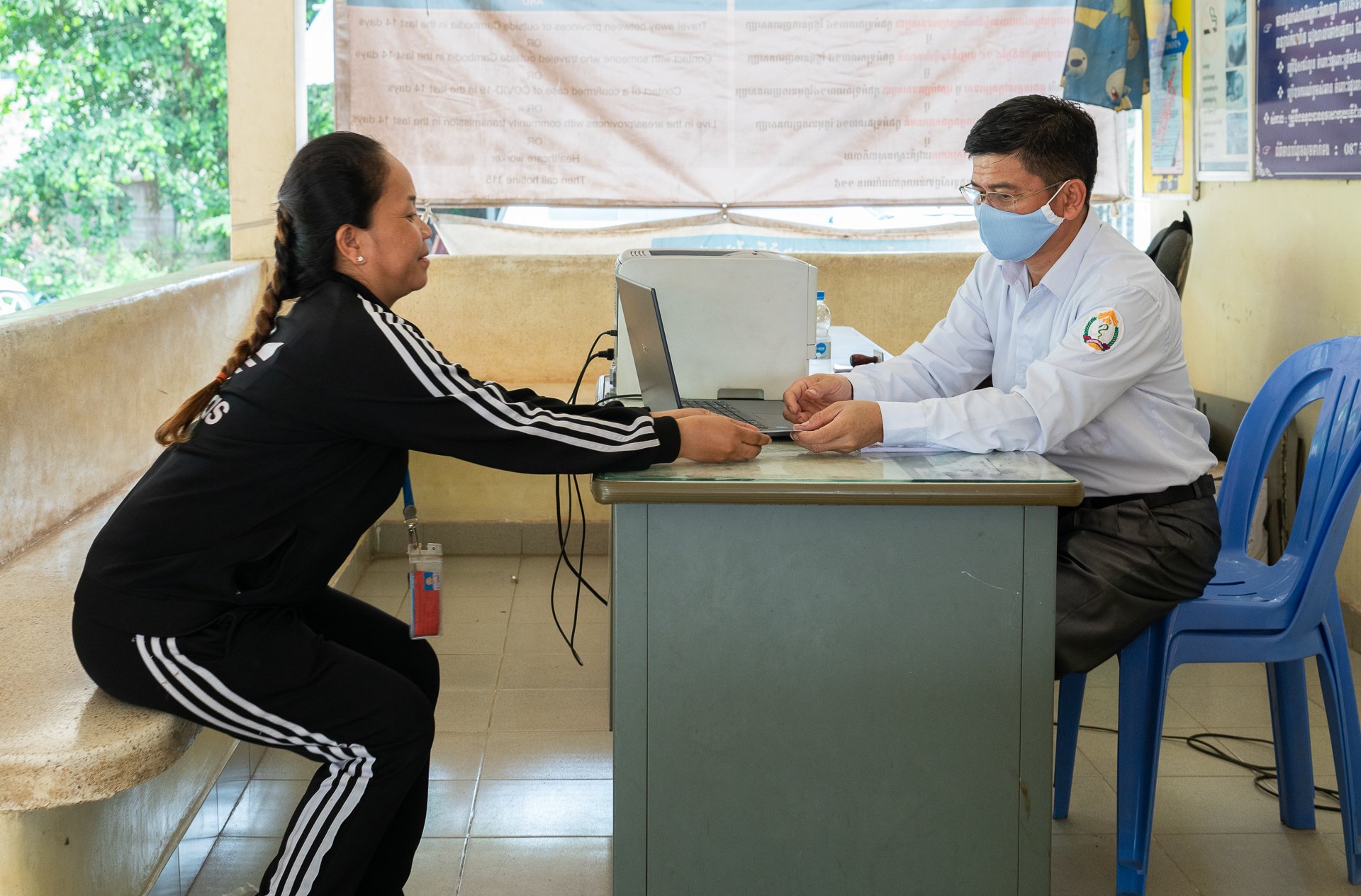
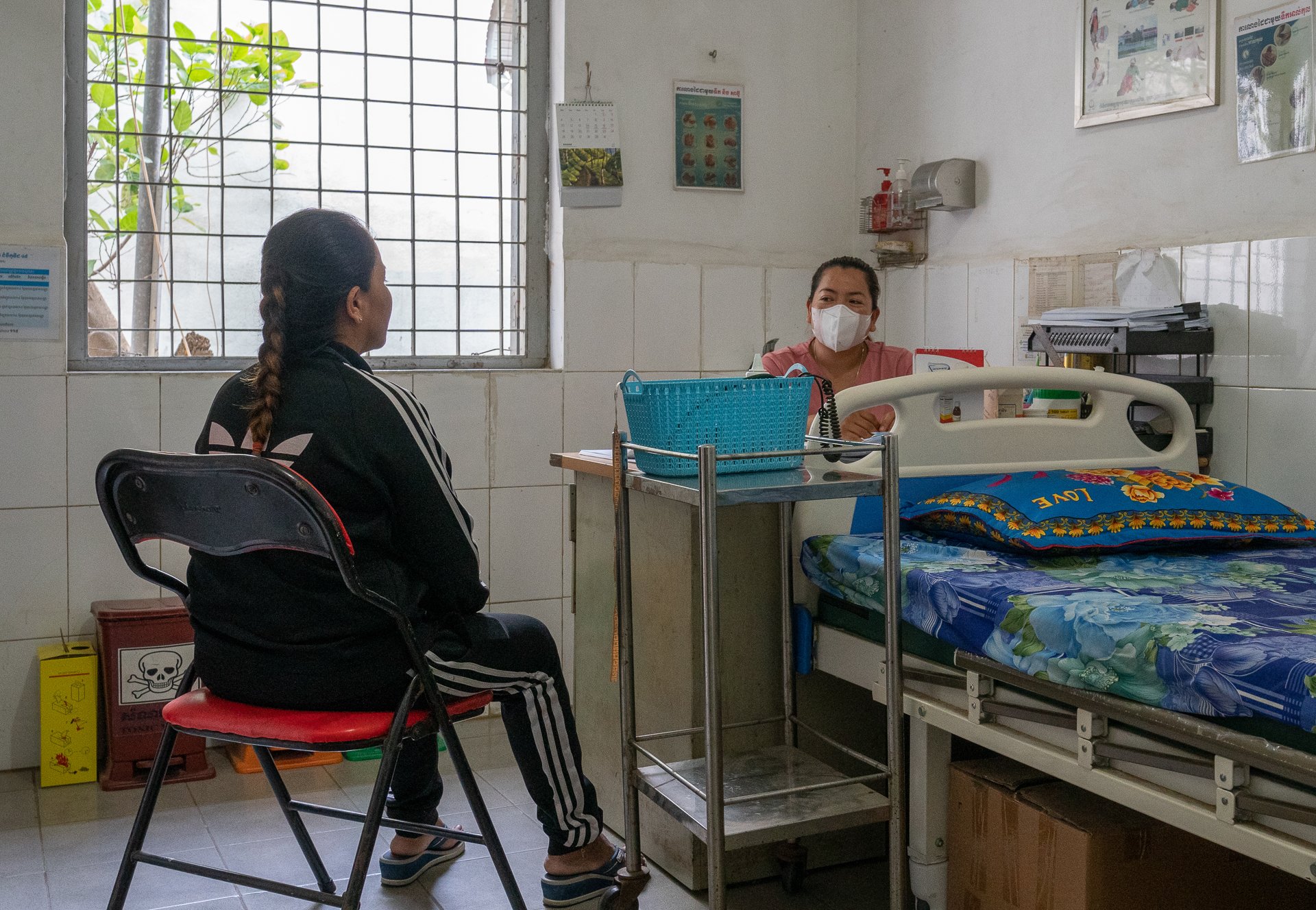

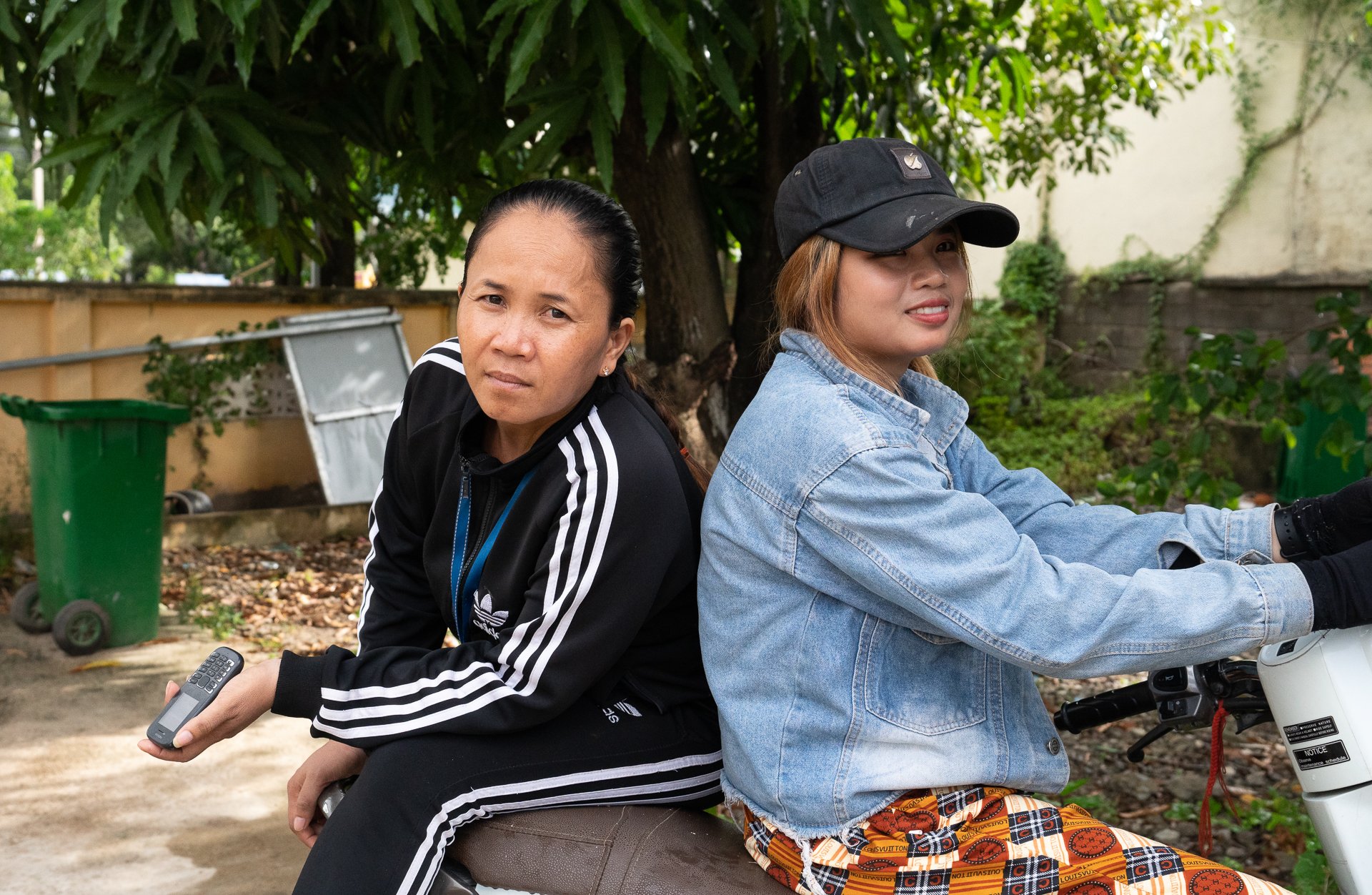
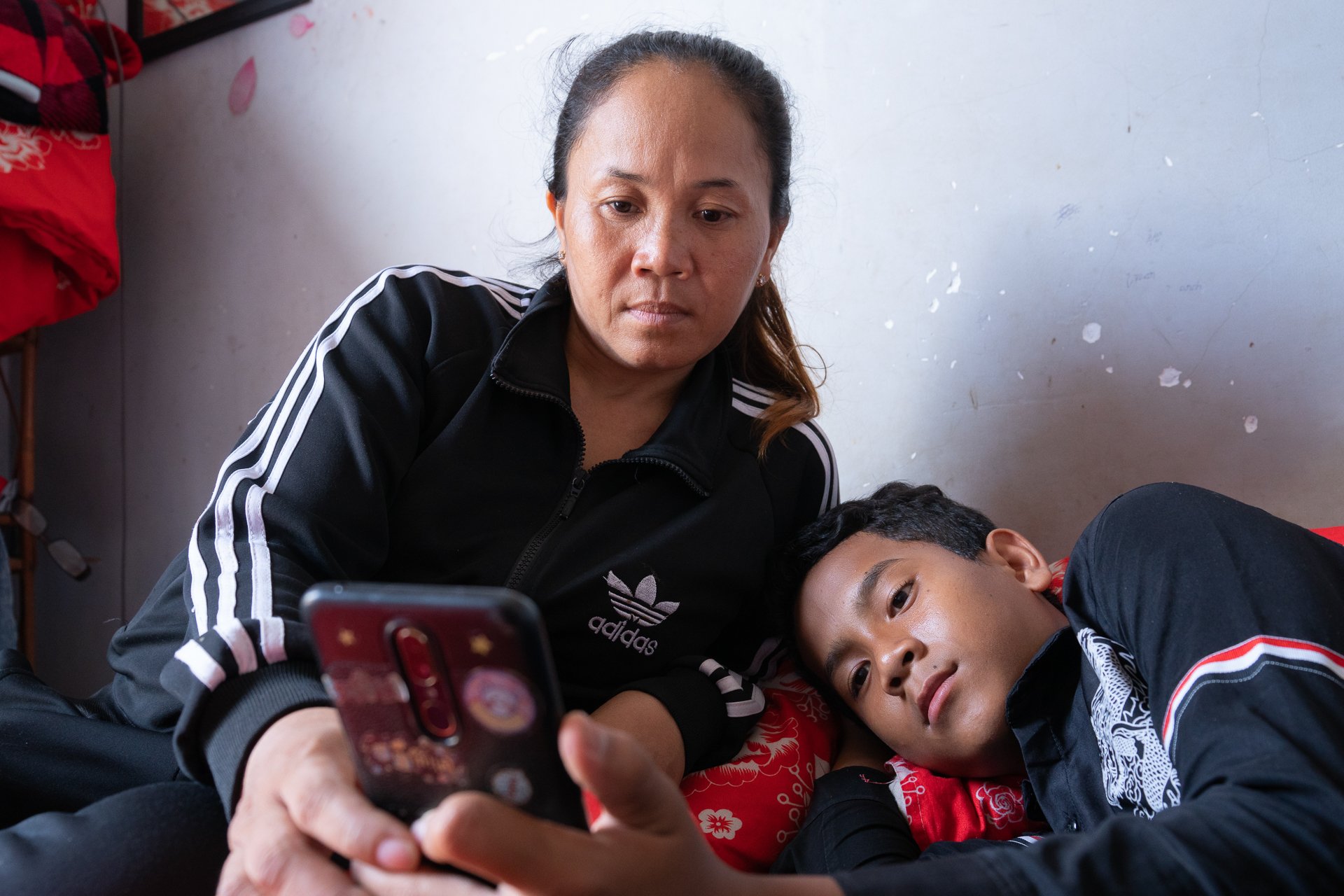
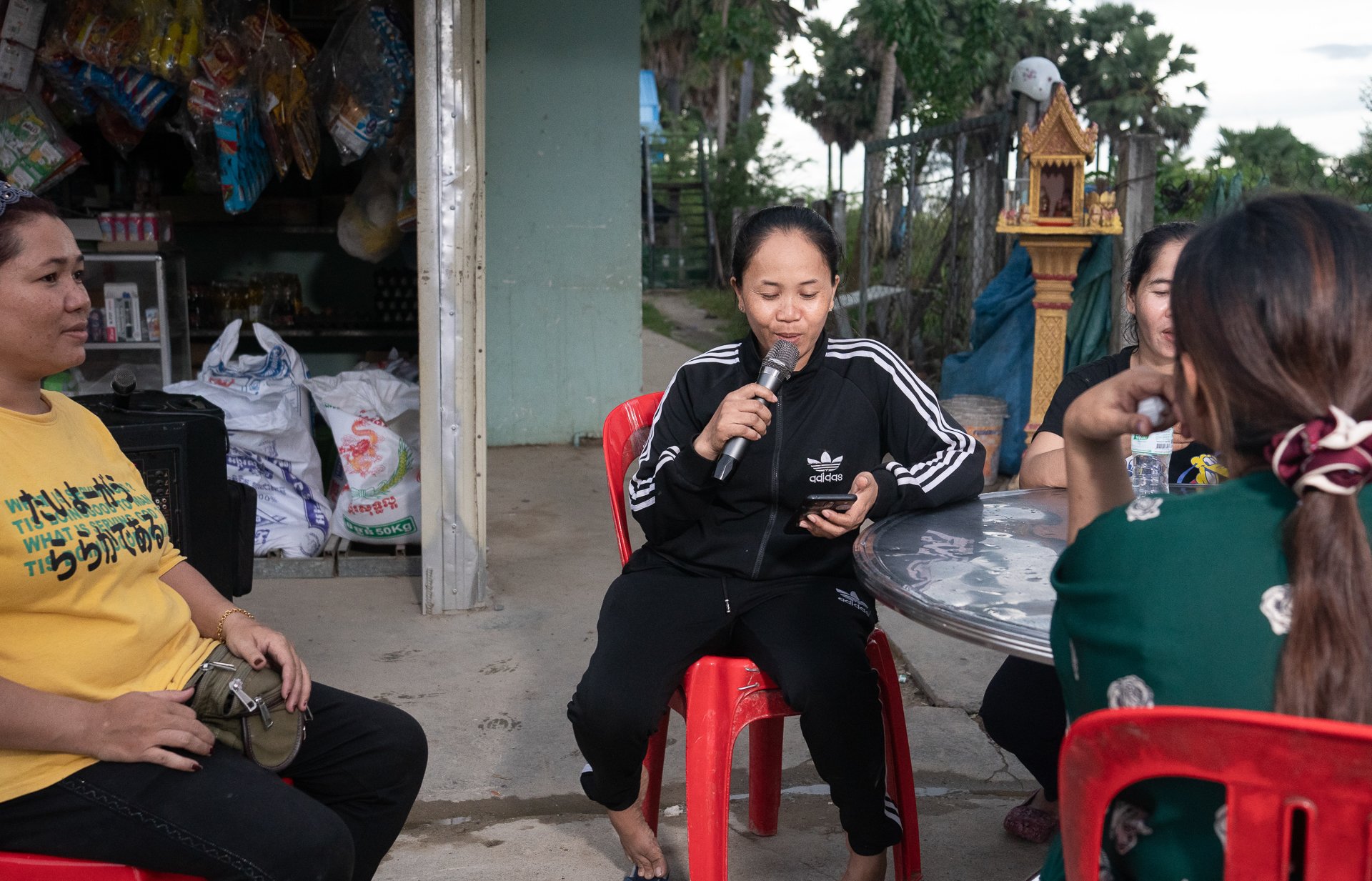
A selection of photographs I took while on assignment as an NGO photographer and videographer for the World Health Organisation’s Western Pacific office.
The aim of the Cambodian content was to produce a series of photos and a 3-minute case study to highlight the work that WHO are doing on primary healthcare in Cambodia, with a particular focus on how the project activities have benefitted people working in the garment sector.
We travelled to Sok Voeun’s house in an area just outside Phnom Penh where a lot of garment factory workers live. Although it was a sensitive subject, Sok Voeun was understanding and patient and did a great job of allowing us to photograph throughout the day. We filmed and photographed her at home, in her neighbourhood, at the local health centre and at the factory she works at.
Sok Voeun was very happy with the help that she’d received as part of the WHO programme and truly feels that the medical advice and support she received saved her life.
You can see a selection of the photos I took above and other examples of my work as an NGO photographer here and here.



